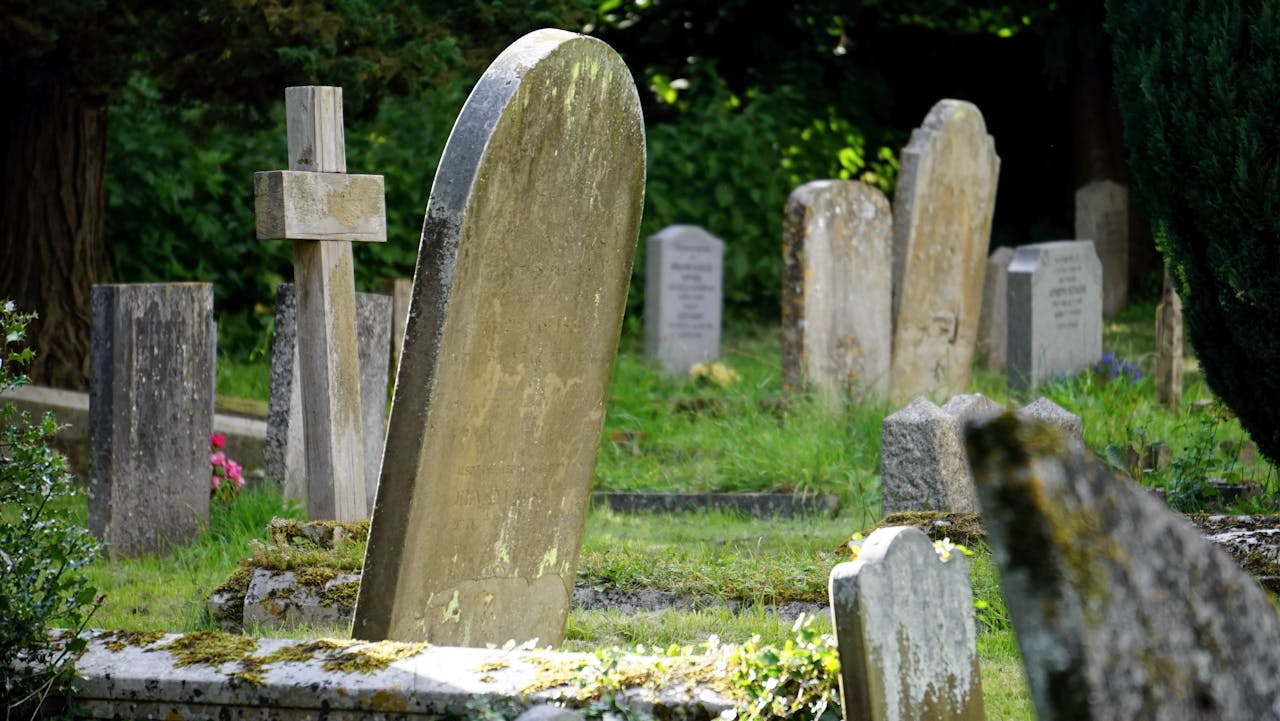
September 16, 2024
Names Of 1,630 Free And Enslaved Black People Honored At Louisville Cemetery
Thousands of free and enslaved Black individuals buried in unmarked graves at a Louisville cemetery were honored this weekend.
Thousands of free and enslaved Black individuals buried in unmarked graves at a Louisville cemetery have been honored.
WLKY reports that the ceremony took place during Black History Month at Saint Louis Cemetery in Tyler Park, four years after the unmarked graves were discovered during research conducted by a local deacon. It is part of the ‘Saint Louis Cemetery East Slope Project,’ which seeks to identify and mark the unmarked graves.
The deacon uncovered an undeveloped field, which turned out to be a segregated section of land known as ‘East Slope,’ the Black section of a segregated cemetery. The unmarked graves discovered include those of several U.S. troops, Louis Hunter and Thomas Nichols, soldiers in the 107th United States Colored Infantry during the Civil War, one of Louisville’s first Black doctors, and Catharine and James Madison Smith, two agents of the Underground Railroad.
“They don’t have markers to show that they were here, that they lived and that they mattered, and so this event is a way of correcting that and giving voice to those identities by saying their names,” said Ned Berghausen, a deacon at St. Agnes Catholic Church.
According to the project website, East Slope contains the unmarked graves of 719 enslaved people, 690 of them identified as Catholic. They were buried between 1869 and 1923, with the majority of burials occurring in the 1880s and 1890s.
Although most Catholics were relocated from Western Cemetery by the 1880s, it remains unclear if Black Catholics were also moved. Many, if not most of those buried at East Slope were formerly enslaved or the children of enslaved individuals.
It took decades for some families to afford permanent markers. The only record of those buried was kept in a burial book at the cemetery office. Now, the names have been transferred to a digital database to ensure they are not forgotten.
“Immediately after emancipation, most of the first generation did not have much wealth accumulated,” explained Berghausen, who organized the Saint Louis Cemetery Project. “As enslaved people, their labor had been taken from them without compensation, and so they did not have money for markers.”
RELATED CONTENT: Family Of Former Slaver Apologizes For Role In Guyanese Slave Trade